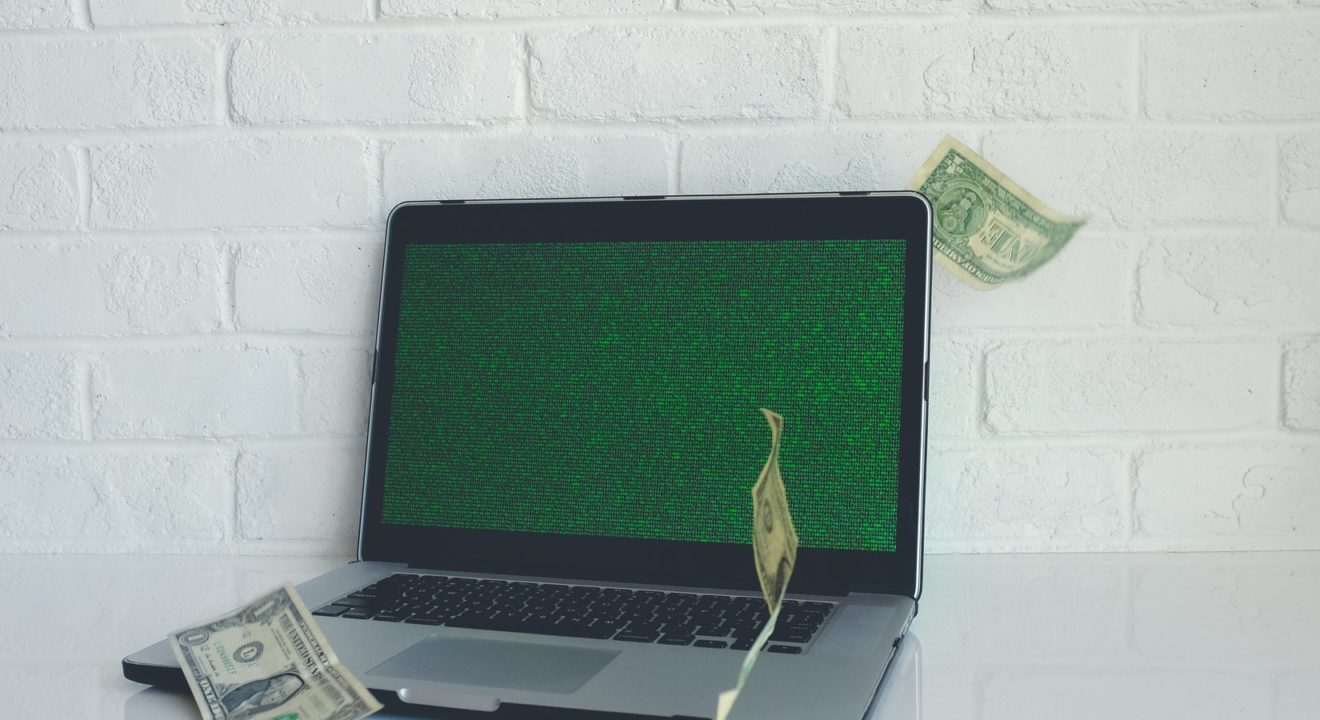Accomplish October 9, 2019
How to navigate Instagram prices.


The price of an Instagram post varies for every influencer. Depending on their follower count, engagement rate, content quality and loyalty of base, their rates could rocket above or below the standard. But if you’re an influencer, how do you determine the worth of your sponsorship? ENTITY explains how to determine Instagram influencer pricing.
Many sources online report the “one cent per follower rule” based on a 2017 Digiday article that cites Chelsea Naftelberg, who is now Vice President of content at Socialtyze, stating her team pays influencers “$1000 per 100,000 followers.” However, this seems to be one of the higher prices. In 2017, Sprout Social also posted an estimated price chart that found much smaller prices– an average of $271 per post overall, and an average of $763 for influencers with over 100,000 followers.
It is possible that Sprout Social did not take into account the rising popularity of micro influencers. In 2016, Markerly released research that found that engagement rate for micro influencers was higher than engagement rate for celebrities.
A year later, however, they found that despite a higher engagement, micro influencers had a smaller return on investment (ROI) than celebrities. Therefore, paying more for a higher-level influencer would yield better results.
With all this back-and-forth on the worth of micro influencers, one should use the “one cent per follower” rule as something like a maximum price. If you can’t fulfill any of the following, brands could potentially and legitimately deduct money from that rate:
For example, if an Instagram influencer had 100k followers, but they only have a 2% engagement rate (which is about average for 100k followers), they might be paid $900 instead of $1000.
If a post needs particular equipment or staff members, the influencer might be able to charge more than $1000. This also applies if the influencer has a particularly important or in-demand following that multiple brands want to appeal to.
Influencers with over one million followers as well as nano influencers, or Instagram users with 1k-5k followers, don’t generally use the one cent per follower rule. This rate is significantly lower for both of these types of influencer.
Celebrities receive a large sum of money, but it still falls short of the standard set above. According to the Hopper HQ Instagram Rich List, Selena Gomez receives an estimated $800,000 per sponsored post to her then 138 million followers. Under the $1000 per 100,000 followers rate, she would received $1.38 million per post.
Nano influencers generally can’t land many brand deals that pay them outside of discounts, sales commissions and free products, but through certain influencer networks and applications, they can receive money. With the application Heartbeat, these influencers generally receive $10 or $20.
There’s no easy way to determine Instagram influencer pricing, but with these standards, you should be able to determine a price range or ballpark. Hopefully, you’ve found a rate that fulfills your worth and will make your brand partner happy.
Good luck with the negotiations!